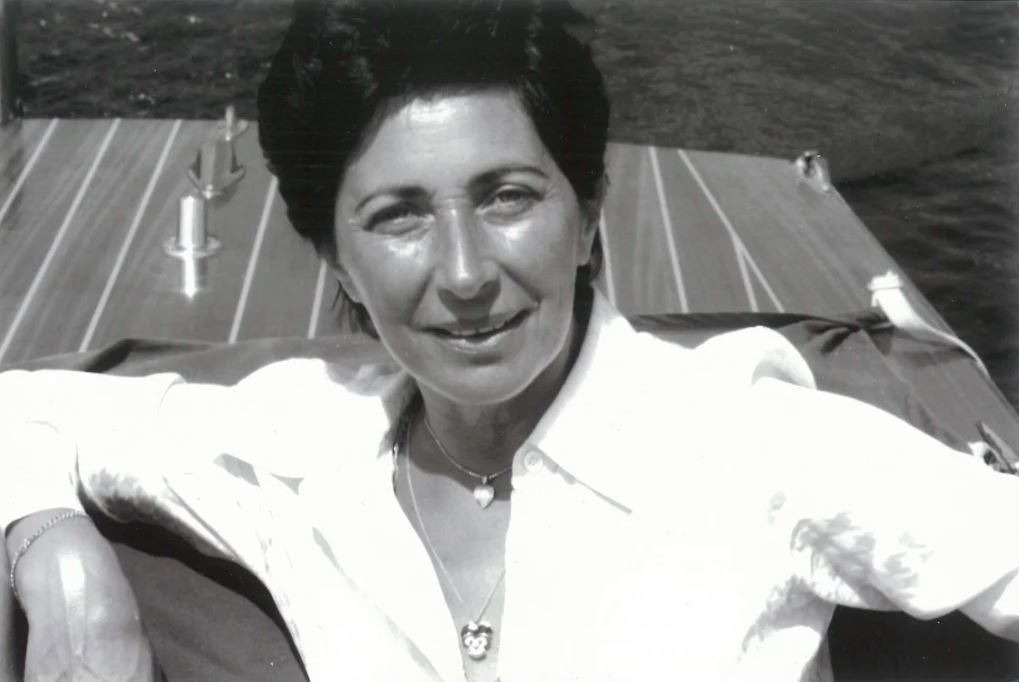The passing of Esther Fiszman at age 89 severs a link to our past. Fiszman was a living witness to both humanity’s darkest hours and its warmest moments with Australia openly welcoming distraught European migrants following World War II to build a new life.
Fiszman (nee Koplowicz) was born in Poland on January 19, 1930 to Joel and Roisie, and younger sister to Max. Her father died when she was two-years-old. Born into a middle-class family, Fiszman enjoyed a happy, typical childhood.
All this changed in 1942 when, aged 12, she and her other Jewish classmates were rounded up and taken directly to Auschwitz concentration camp. Esther would never see her mother, adopted father and brother again.
On arrival at Auschwitz and on the advice of her non-Jewish teacher, Fiszman lied about her age saying that she was 15 not 12. This ensured she was deemed “useful” by her Nazi captors and instead of being sent straight to the gas chamber like many of her school friends, she was put to work in an adjacent munitions factory.
Fiszman continued to work in the munitions factory for almost three years in Auschwitz, often attempting to intentionally sabotage the weapons she was charged with producing.
In late 1944, aged 14, Fiszman suffered an acute case of appendicitis that threatened her already undernourished body. In spite of the near impossible circumstances, a fellow inmate named Beppi Lissing managed to organise a crude appendectomy with the help of a male inmate with some medical knowledge.
Read the article by David Tierney in The Sydney Morning Herald.

